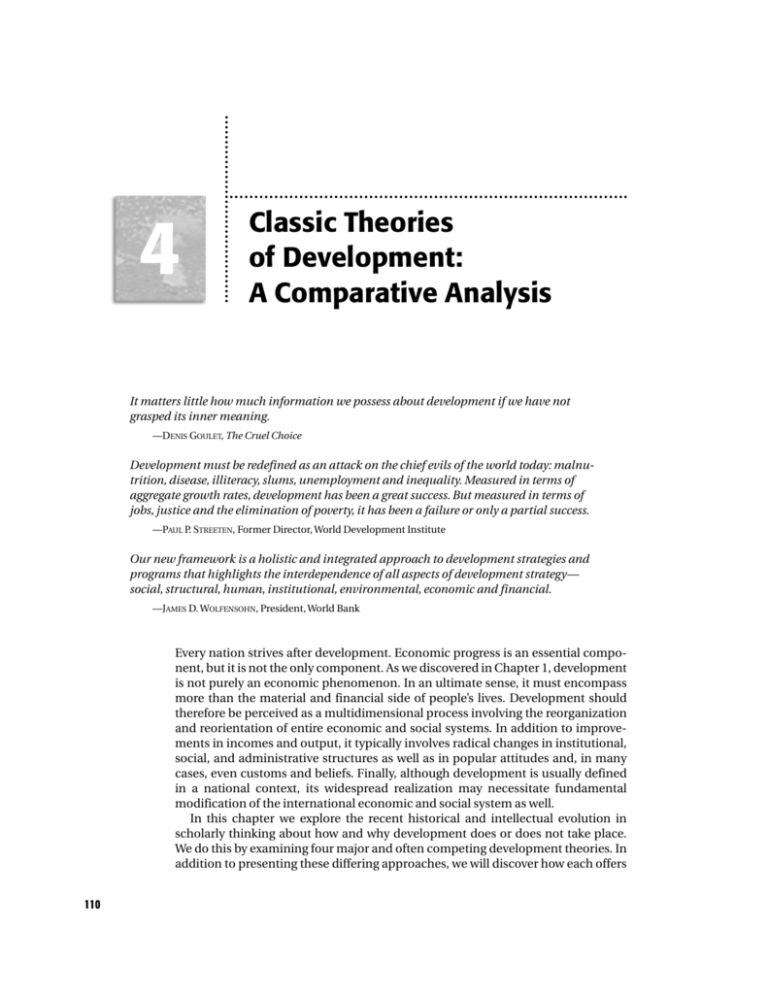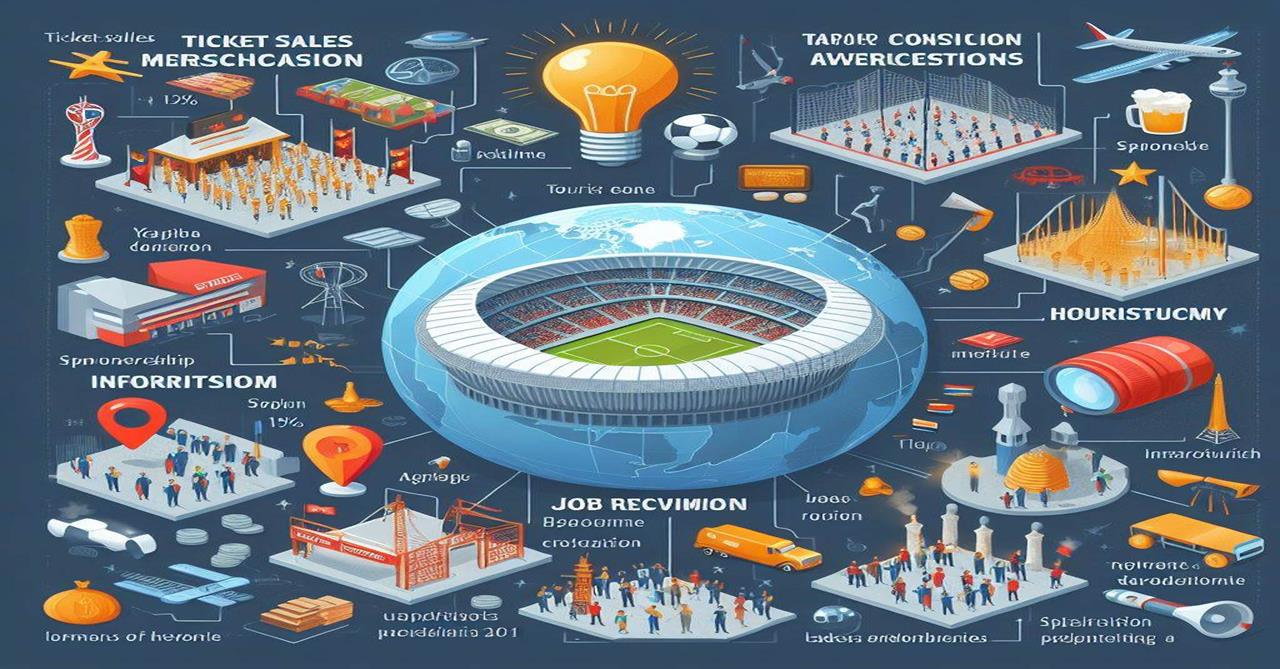
Navigating the New World of Work: Global Labor Market Trends in Automation, Remote Work, and Skills Gaps
The world of work is constantly evolving, but recent years have seen an unprecedented acceleration of change. Driven by technological advancements, global events, and shifting societal expectations, the global labor market is undergoing a profound transformation. Understanding these shifts is crucial for everyone – from students planning their careers to seasoned professionals and business leaders.
This comprehensive guide will break down three of the most impactful global labor market trends: automation, the rise of remote work, and the ever-growing challenge of skills gaps. We’ll explain what they mean in simple terms, explore their impacts, and offer insights on how to thrive in this dynamic new landscape.
1. Automation: The Rise of Smart Machines (and New Opportunities!)
When you hear "automation," you might picture robots taking over factories. While that’s part of it, automation in today’s labor market is much broader. It refers to the use of technology – including Artificial Intelligence (AI), robotics, and specialized software – to perform tasks that were traditionally done by humans.
What is Automation?
Think of it as technology stepping in to handle repetitive, predictable, or high-volume tasks. This can range from:
- Robotic Process Automation (RPA): Software robots handling data entry, processing invoices, or managing customer inquiries.
- AI and Machine Learning: Algorithms that analyze vast amounts of data, make predictions, or even generate content.
- Physical Robots: Used in manufacturing, warehousing, and even for delivery services.
How Does Automation Impact Jobs?
The impact of automation isn’t just about jobs disappearing; it’s more about jobs changing.
- Tasks, Not Just Jobs, are Automated: Instead of an entire job role vanishing, specific tasks within that job are taken over by machines. This frees up human workers to focus on more complex, creative, or interpersonal aspects of their role.
- Efficiency and Productivity: Automation can complete tasks much faster and with fewer errors than humans, leading to increased productivity for businesses.
- Creation of New Jobs: While some jobs may be reduced, automation also creates entirely new roles. We need people to:
- Design, build, and maintain automation systems (e.g., robotics engineers, AI specialists).
- Manage and oversee automated processes.
- Focus on tasks that require uniquely human skills (creativity, critical thinking, emotional intelligence).
- Demand for New Skills: As machines handle routine tasks, the demand for "human" skills like problem-solving, collaboration, and adaptability skyrockets.
In Simple Terms: Automation isn’t just a threat; it’s a powerful tool that reshapes job roles, making businesses more efficient and creating exciting new career paths for those who adapt.
2. Remote Work: Your Office, Anywhere
Before 2020, working from home was often seen as a perk or an exception. The global pandemic dramatically accelerated its adoption, turning "remote work" (and its cousin, "hybrid work") into a mainstream reality for millions.
What is Remote Work?
Remote work simply means performing your job duties away from a traditional office environment. This could be from:
- Your home office
- A co-working space
- A different city or even country
The Big Shift:
What started as a necessity during lockdowns quickly revealed numerous benefits, leading many companies to embrace remote or hybrid models (a mix of in-office and remote work) permanently.
Benefits of Remote Work:
- For Employees:
- Flexibility: Better work-life balance, ability to manage personal commitments.
- No Commute: Saves time, money, and reduces stress.
- Geographic Freedom: Live where you want, not just where the office is.
- Increased Autonomy: More control over your work environment.
- For Employers:
- Wider Talent Pool: Can hire the best talent globally, not just locally.
- Reduced Overhead Costs: Less need for large office spaces.
- Improved Employee Retention: Happy employees are more likely to stay.
- Increased Productivity (for many): Some studies show remote workers can be more productive due to fewer distractions.
Challenges of Remote Work:
- For Employees:
- Isolation/Loneliness: Less in-person interaction with colleagues.
- Blurred Lines: Difficulty separating work and home life.
- Communication Challenges: Misunderstandings can arise without face-to-face cues.
- Cybersecurity Risks: Ensuring secure remote connections.
- For Employers:
- Maintaining Company Culture: Harder to build team cohesion and shared experiences.
- Effective Management: Requires different leadership skills to manage remote teams.
- Technology & Infrastructure: Ensuring everyone has the right tools and stable internet.
- Data Security: Protecting sensitive company information.
The Future of Work is Likely Hybrid:
Many experts believe the future isn’t purely remote or purely in-office, but a "hybrid" model. This allows companies to combine the benefits of both, offering flexibility while maintaining opportunities for in-person collaboration and team building.
3. Skills Gaps: The Missing Pieces of the Puzzle
As automation reshapes tasks and remote work changes how and where we work, a critical issue has emerged: skills gaps. Simply put, a skills gap exists when the skills that employers need for their available jobs don’t match the skills that job seekers or existing employees actually possess.
What is a Skills Gap?
Imagine a puzzle where some pieces are missing, and the ones you have don’t fit. That’s a skills gap. It’s the difference between:
- Skills in Demand: What companies need (e.g., data analysis, cybersecurity, complex problem-solving).
- Skills Available: What the current workforce has (e.g., older software knowledge, routine administrative skills).
Why Are Skills Gaps Growing?
- Rapid Technological Change: New technologies (AI, blockchain, advanced analytics) emerge constantly, creating demand for skills that didn’t exist a few years ago.
- Automation’s Impact: As machines take over routine tasks, the need for uniquely human skills (creativity, critical thinking, empathy, collaboration) becomes paramount. Many education systems haven’t traditionally focused heavily on these "soft skills."
- Aging Workforce: As older workers retire, they take valuable institutional knowledge with them, and newer workers might not have the same specific experiences.
- Education Lag: Traditional education systems sometimes struggle to adapt quickly enough to the fast-changing needs of the job market.
Key Skills in High Demand (Bridging the Gap):
To navigate the future job market, both individuals and businesses need to focus on developing these crucial skills:
- Digital Literacy: Understanding and comfortably using various digital tools and platforms.
- Data Analysis & Interpretation: The ability to understand and make decisions based on data.
- Cybersecurity: Protecting digital information and systems from threats.
- Critical Thinking & Problem-Solving: Analyzing situations, identifying issues, and developing effective solutions.
- Adaptability & Resilience: The ability to adjust to new situations, learn new things quickly, and bounce back from challenges.
- Creativity & Innovation: Generating new ideas and finding novel approaches.
- Emotional Intelligence (EQ): Understanding and managing one’s own emotions, and recognizing and influencing the emotions of others. This is key for teamwork and leadership.
- Collaboration & Communication: Working effectively with others, whether in-person or remotely, and conveying ideas clearly.
- Complex Project Management: Organizing and overseeing intricate projects with many moving parts.
The Interconnected Web: How These Trends Shape Each Other
It’s important to see these three trends not as separate forces, but as deeply interconnected elements shaping the global labor market:
- Automation drives Skills Gaps: As automation takes over repetitive tasks, it creates a demand for higher-level, uniquely human skills that many workers currently lack.
- Remote Work impacts Talent Acquisition: Remote work allows companies to search for talent with in-demand skills globally, rather than being limited by geography. However, it also means greater competition for skilled workers.
- Skills Gaps hinder Automation’s full potential: Companies might struggle to implement new automation technologies if they don’t have employees with the skills to manage, maintain, or even work alongside these systems.
- Learning Remotely helps bridge Skills Gaps: The rise of online learning platforms and remote training programs makes it easier for individuals to acquire new skills, no matter where they are.
Navigating the New Landscape: Tips for Workers and Businesses
The changing labor market might seem daunting, but with the right approach, it presents immense opportunities for growth and innovation.
For Workers:
- Embrace Lifelong Learning: The idea of learning for a few years and then working for decades is outdated. Continuously seek out new knowledge and skills.
- Focus on "Human" Skills: Cultivate critical thinking, creativity, emotional intelligence, and communication – these are less likely to be automated.
- Become Tech-Savvy: You don’t need to be a coder, but understand how technology works and how to use digital tools effectively.
- Be Adaptable: The ability to learn, unlearn, and relearn is your greatest asset.
- Network Actively: Connect with people in your field and beyond. Many opportunities arise through connections.
- Consider Reskilling & Upskilling:
- Upskilling: Learning new skills to improve in your current role or advance within your field.
- Reskilling: Learning entirely new skills to pivot to a different career path.
For Businesses:
- Invest in Your Workforce: Don’t just hire for new skills; invest in training your existing employees through upskilling and reskilling programs.
- Foster a Culture of Learning: Encourage continuous learning and provide resources for professional development.
- Embrace Flexibility: Adapt to remote and hybrid work models to attract and retain top talent globally.
- Leverage Automation Ethically: Use automation to augment human capabilities, not just replace them. Focus on how it can make your human workforce more effective.
- Prioritize Employee Well-being: Support remote workers with tools for collaboration, mental health resources, and clear communication to prevent isolation.
- Strategic Workforce Planning: Regularly assess your current and future skill needs to proactively address potential gaps.
Conclusion: Building a Future-Ready Workforce
The global labor market is in a state of dynamic flux, driven by the powerful forces of automation, remote work, and the resulting skills gaps. While these changes present challenges, they also unlock unprecedented opportunities for innovation, efficiency, and personal growth.
By understanding these trends, proactively developing the right skills, and embracing flexible and forward-thinking strategies, both individuals and organizations can not only survive but thrive in the new world of work. The future of work isn’t something that happens to us; it’s something we build together, one skill, one adaptable mindset, and one innovative solution at a time.




Post Comment